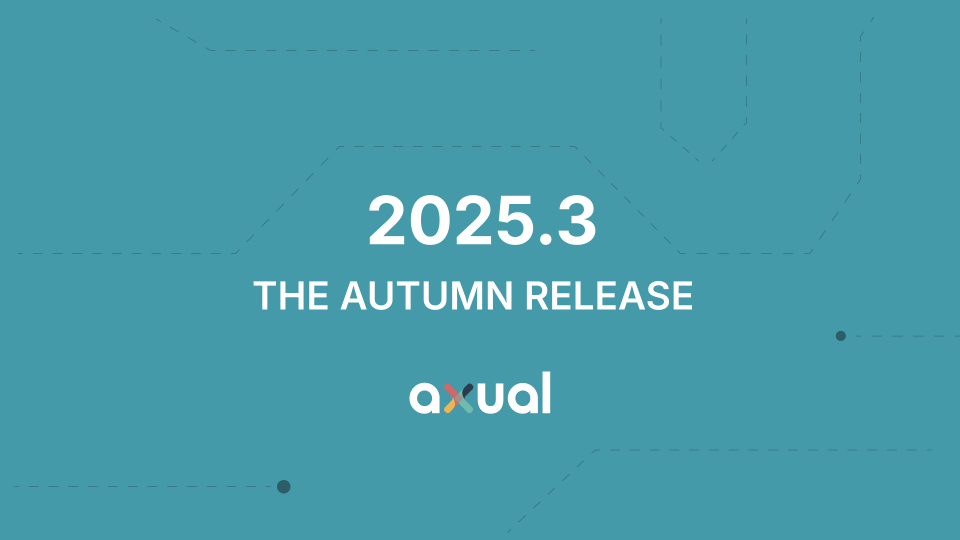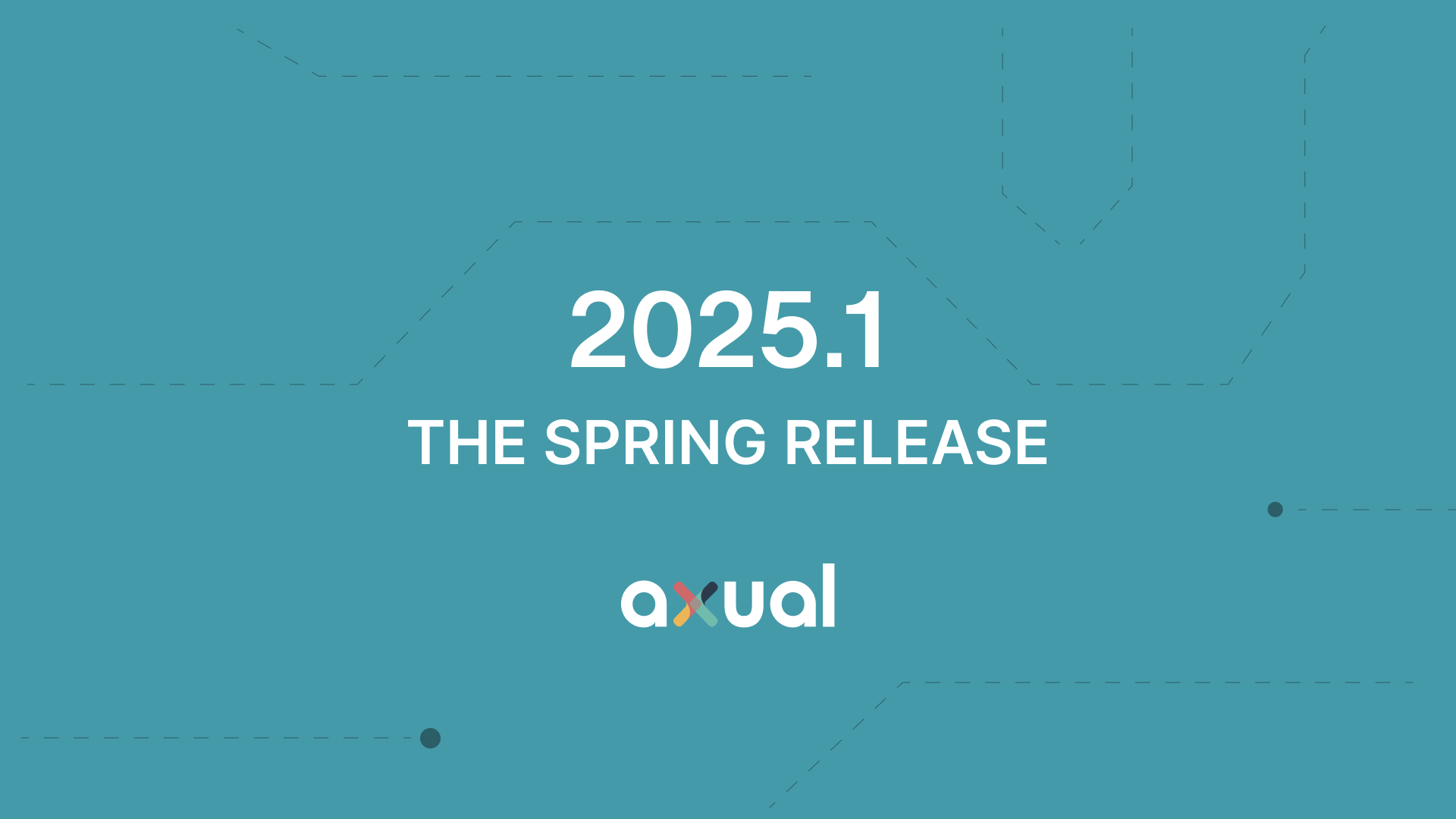How Kafka ensures scalability of IoT applications
Since the IoT buzzword was coined, it has gone beyond turning on lights and TVs from a remote location. IoT applications have expanded beyond consumer applications, and it’s being applied in retail, manufacturing, energy, and other industries.

On this page
An IoT network is no longer confined to a handful of devices. Instead, the IoT infrastructure has to cope with growing numbers of sensors and controllers. The expansion of nodes to the hundreds or thousands pushes conventional IoT networks to the limit.
Kafka for Scalability issues with IoT
The IoT infrastructure is only as feasible as its ability to process incoming data from its sensor nodes. While IoT devices have grown in processing power, the challenge remains on the efficiency of transferring and analyzing the data.
There are two factors that made scalability an issue with conventional IoT infrastructure: variation and volume. In industrial applications, IoT devices are made up of different types of sensors and controllers. Storing and segregation of non-standard messages can be challenging.
Heterogeneous IoT devices need to share data efficiently and be interoperable with each other. The volume of such devices involved further complicates the matters. IoT applications like fleet management and agriculture often involve hundreds of sensor nodes.
How Kafka makes IoT applications scalable
The challenges faced by IoT applications bring Apache Kafka to the forth. Kafka is a distributed messaging system that allows data transfer between groups of publishers and subscribers. It is proven to be reliable, efficient, and flexible, which is essential for IoT scalability.

Make your business a real-time event business
Transforming your business into a real-time event business means embracing agility, responsiveness, and immediacy. By leveraging real-time data, instant communication tools, and live event technologies, you can engage your audience dynamically, deliver personalized experiences, and quickly adapt to changing circumstances. This approach allows you to make timely decisions, enhance customer satisfaction, and create a more interactive and immersive experience. Real-time events drive higher levels of engagement, giving you the edge to react faster to market trends, consumer needs, and opportunities, ultimately leading to more growth.
Book a demo
Fault-tolerant
As IoT nodes grew, failure in relaying data from sensor nodes to the respective processors can disrupt the system. Kafka is built to withstand data crashes as it features automatic recovery from backup partitions. It allows IoT data to be stored and transferred safely.
Compatibility
It isn’t surprising if current IoT devices will go through drastic changes in the near future. IoT is still evolving and with it, developers will have to bridge the gap between obsolete and new protocols. Kafka works with 3rd party technologies, which allows it to function with a wide range of IoT devices.
For example, Kafka works well with MQTT, a message broker designed for low-level communication between IoT devices. In such setups, Kafka takes up the role of processing event streams that are not handled by MQTT.
Kafka's High throughput for scalability
Kafka is not a conventional queuing system. Instead, it is built for event streaming, which enables real-time processing. In IoT, the cloud server relies on the low-latency delivery of parameters for processing. This can be fulfilled with Kafka’s high throughput data pipeline.
Flexible messaging for IoT devices
IoT devices produce different types of data. For example, the cloud server could be receiving parameters like speed, temperature, wattage, and humidity from the sensors. Apps connected to the IoT network may require selected data in different formats.
With Kafka’s decoupled publisher-subscriber system, it is possible to aggregate the input, process, and provide the desired results in formats required by the apps. IoT devices are not confined to a rigid messaging structure.
Conclusion
Kafka seems to be the missing link for scalability in large-scale IoT applications. Its ability to provide reliable, low-latency streaming is crucial for analytics dependent on the hundreds or more connected IoT nodes.
Answers to your questions about Axual’s All-in-one Kafka Platform
Are you curious about our All-in-one Kafka platform? Dive into our FAQs
for all the details you need, and find the answers to your burning questions.
What Does Scalability in IoT Mean? Scalability in IoT means how easily a system can grow from a small test model to a full working product. In general, when people think of scalability, they often think of online stores that can quickly handle more orders during busy times, like on Black Friday.
The ability of a computer application or product, hardware or software, to continue functioning well when its context changes in size or volume to meet a user need.
Scalability in IoT refers to a business or system's ability to grow and handle increased demand for connected devices and data. In IoT, scalability means that the system can still function efficiently as more devices are added. A business that can successfully scale its IoT system should benefit from economies of scale, where the cost of managing devices and data is spread across more units, leading to higher profit margins.
Related blogs

Axual 2025.3 release introduces KSML 1.1 integration for automated stream processing deployment, group-based resource filtering for multi-team governance, and experimental MCP Server for AI-driven platform operations. Includes JSON schema support, Protobuf processing (beta), and enhanced audit tracking for enterprise Kafka implementations.

The Axual 2025.2 summer release delivers targeted improvements for enterprise-grade Kafka deployments. In this post, we walk through the latest updates—from enhanced audit tracking and OAuth support in the REST Proxy to smarter stream processing controls in KSML. These features are designed to solve the real-world governance, security, and operational challenges enterprises face when scaling Kafka across teams and systems.

Axual 2025.1 is here with exciting new features and updates. Whether you're strengthening security, improving observability, or bridging old legacy systems with modern event systems, like Kafka, Axual 2025.1 is built to keep you, your fellow developers, and engineers ahead of the game.
